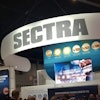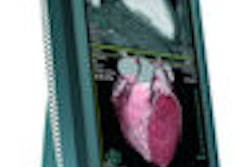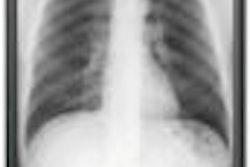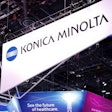VIENNA - Integrating computer-aided detection (CAD) technology into PACS workstations can dramatically boost its usage for detecting pulmonary nodules on MDCT studies, according to research from the University of Munich in Germany.
"PACS-integrated CAD analyzed significantly more cases, was used significantly more often, was rated significantly more useful, and significantly more readers were aware of its existence," said Dr. Peter Herzog. He presented the institution's research during a session Friday at the European Congress of Radiology (ECR) in Vienna.
After installing a server-based CAD system (Siemens Healthcare, Erlangen, Germany) in 2007 that provided enterprise-wide CAD access from PACS workstations, the researchers sought to assess its use compared to previous CAD utilization on dedicated workstations.
With the server-based system, pulmonary nodules are automatically detected on MDCT scans, with detection output sent to the PACS. From there, CAD-marked images are available on the PACS workstation next to the original images for direct, side-by-side comparison, Herzog said.
To evaluate the system, the study team surveyed 34 physicians who read CT chest scans both prior to the installation and six months afterward. The respondents included 19 residents, 11 fellows, three attending physicians, and a chairman; the physicians read a range of five to 190 chest scans a week.
Prior to the server-based system, six of the 34 (18%) physicians used CAD at least once a week. After installation, that number increased to 30 of 34 (88%) physicians.
Per-reader CAD utilization climbed from 0.2 cases per week, ranging from 0 to 3 cases for five of the six users; one user applied it to 20 cases per week. After server-based CAD, the use of CAD results for image review rose to an average of 5.9 cases per week.
Survey respondents were also asked to rate the usefulness of CAD on a five-point scale, ranging from 1 (not useful at all) to 5 (very useful). Prior to server-based CAD adoption, the physicians gave CAD a usefulness score of 1.4; that score increased to an average of 3.1 six months after adoption of server-based CAD.
Prior to server-based CAD, an average of 22 cases received CAD per week. Since the conversion to automated CAD, an average of 384 cases per week now receive the technology.
"This data show that CAD clinical use does not solely depend on hard criteria such as detection performance, but also on soft criteria such as convenience to use, the number of user interactions needed for getting a result, [such as] availability at a PACS routine reading workplace instead of going to a 3D lab somewhere and [having to] start manually the clinical processing from there," Herzog said.
By Erik L. Ridley
AuntMinnie.com staff writer
March 6, 2009
Related Reading
CAD helps novice readers detect pulmonary embolism in CT studies, February 12, 2009
Lung CAD shows promise as concurrent reader, January 30, 2009
CAD may boost lymph node detection, December 4, 2008
Lung CAD holds up well in low-dose MDCT studies, November 25, 2008
Researchers cut false positives in lung CAD, November 10, 2008
Copyright © 2009 AuntMinnie.com




















